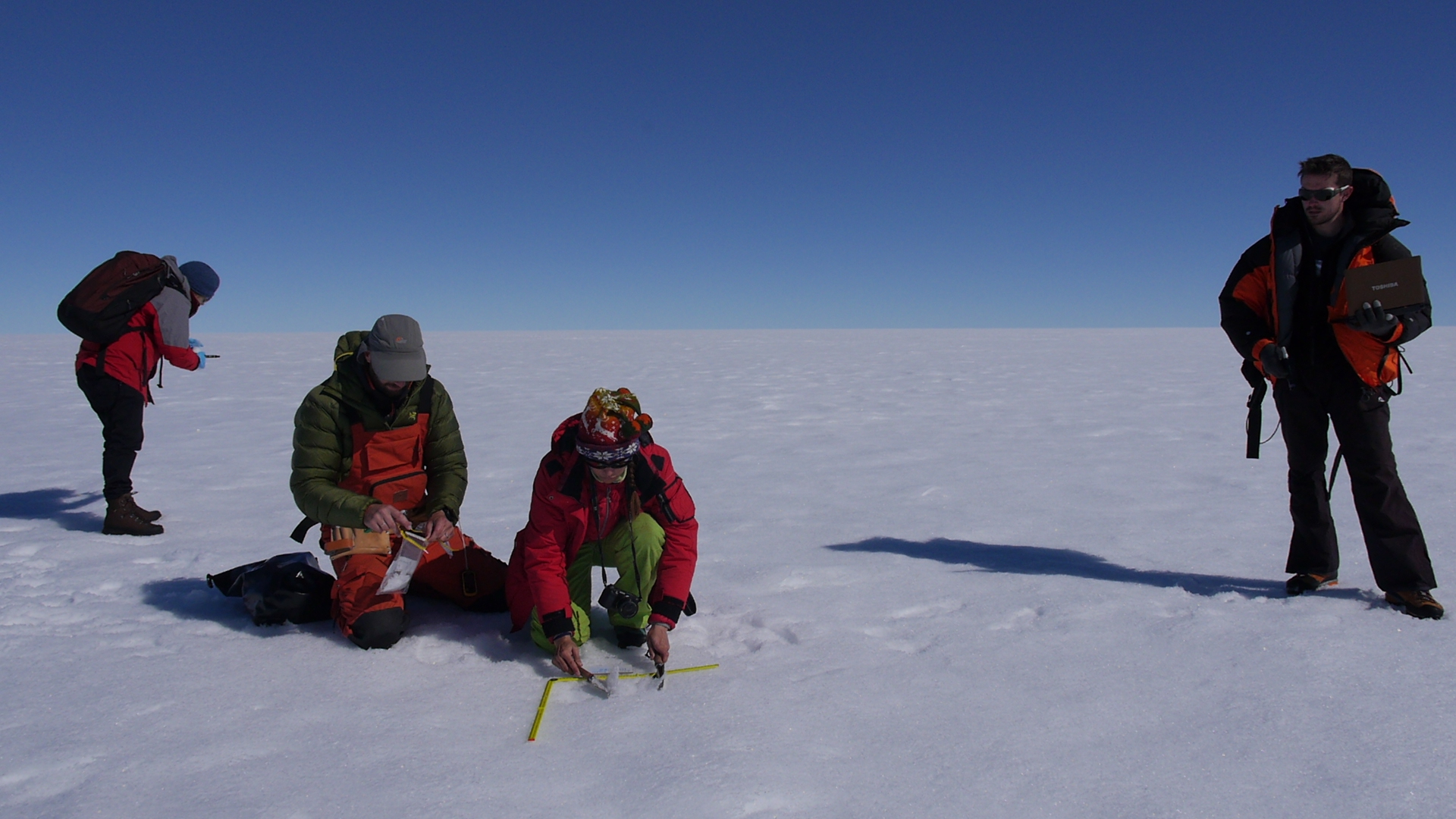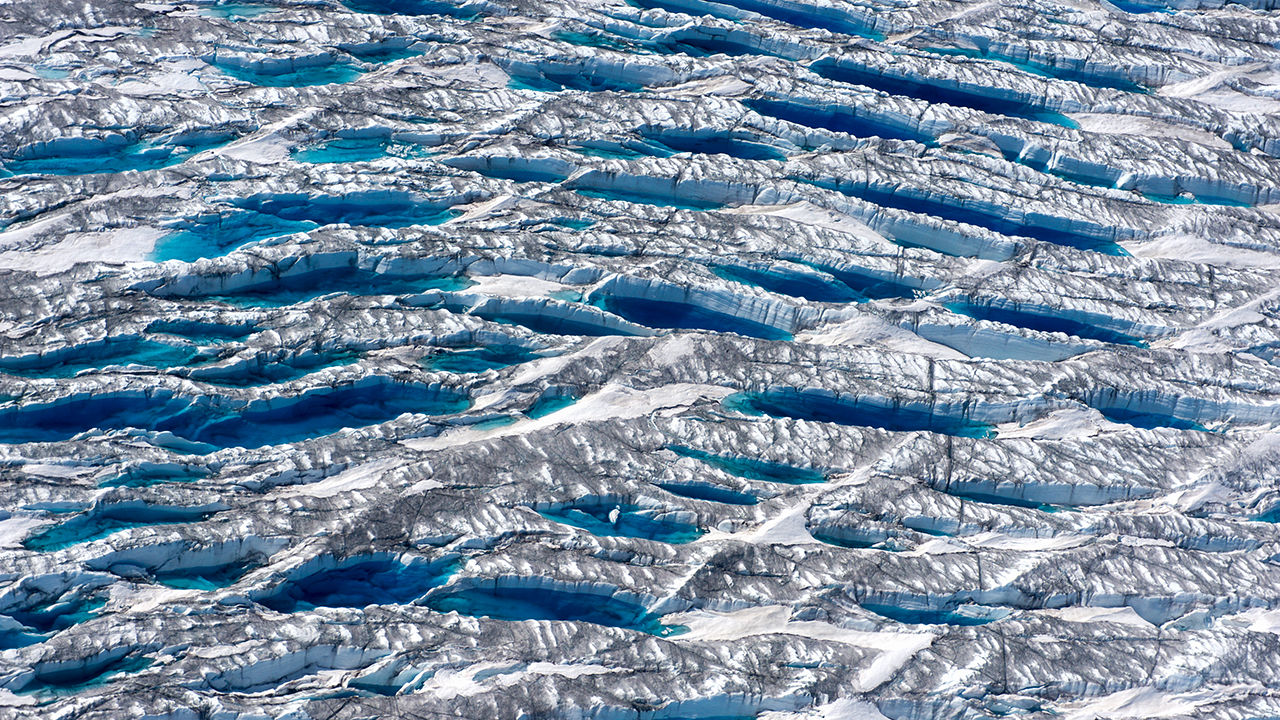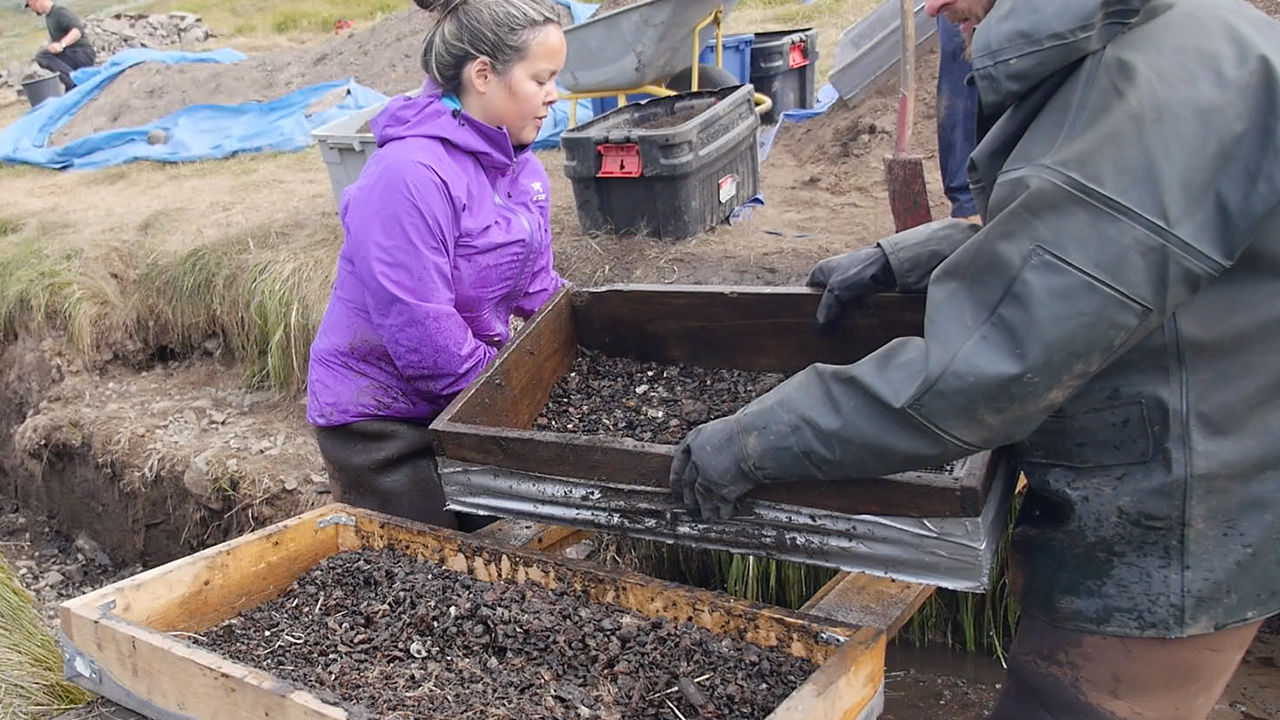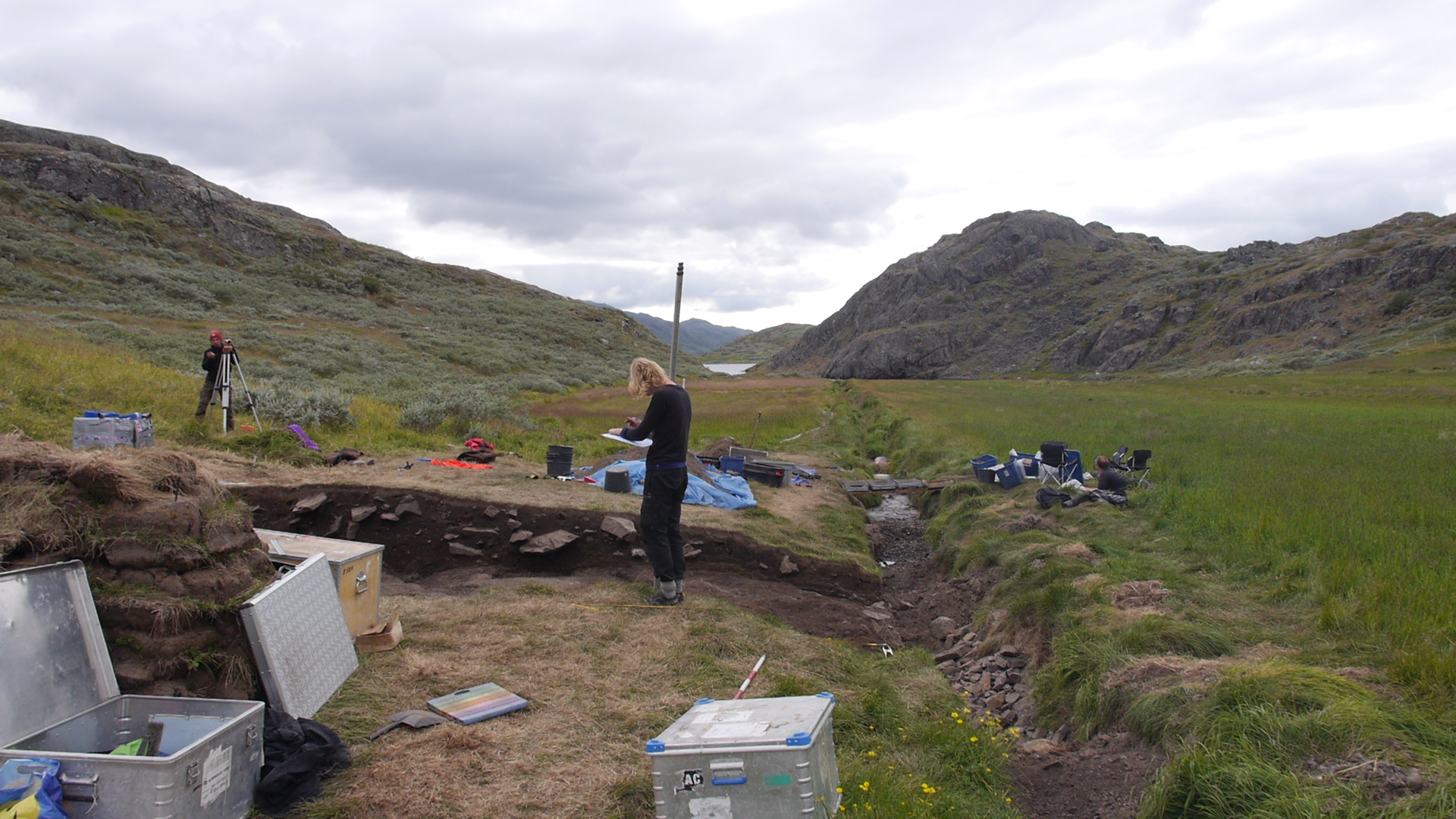
The world's largest island, Greenland, holds the equivalent of 20 feet of global sea level rise in its massive ice sheet, which is disappearing at an unprecedented rate. Meanwhile, on its green edges, the island is changing fast, with new land opening up for mining and new vegetation and agriculture opportunities.
Journalist Eli Kintisch's project focuses on the surface of the ice sheet, which is melting faster than scientists have predicted. A new clue is that meltwater pools are hosting microbes which are darkening the surface of the ice, making the ice sheet melt faster still.
The project also reexamines how climate change has impacted the history of human settlement on the massive island. Fresh archeological finds are shedding new light on why the Norse died off in two settlements in the southern region of the island, a failure that previous historians have blamed on a cooling climate in the 15th century.







